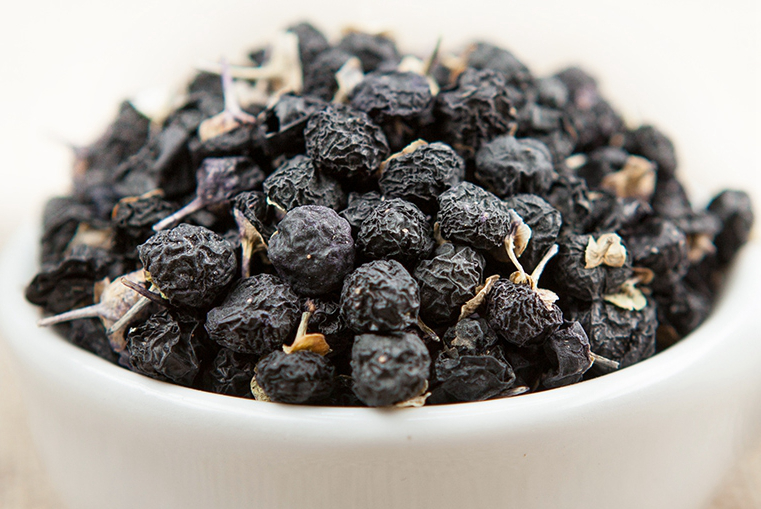(2) Anthracnose, which is mainly harmful to orchid leaves, is most susceptible to disease. The incentives are mostly poor ventilation and stifling heat. Symptoms are elliptic lesions on the leaf surface that turn black from yellow to black when the leaves are dark.
Control methods: remove diseased leaves, strengthen ventilation, reduce humidity, and spray with carbendazim, chlorothalonil, or thiophanate-methyl 500 times, and spray once every 10-15 days.
(3) Stalk rot, a serious disease, which occurs at the base of the stem and then spreads to the roots and leaves. In severe cases, the whole plant dies.
Control methods: When the disease is found, stop watering immediately and let the sun shine on the blue strain. Spray it with 1% Bordeaux mixture or 600 mg of zein Zn.
(4) Soft rot - mainly harms plants of Caterpillar and Phalaenopsis. At the beginning of the season, a water-stained green spot appeared on the tip of the leaf, as if it were scalded with hot water, and the leaf tissue was filled with water, decayed, and accompanied by odor.
Control methods: Immediately when the diseased leaves are cut off, charcoal powder or chlorothalonil powder is used to disinfect the wounds, and the plants are sprayed with 1% Bordeaux mixture.
(5) Rust - first appeared on the leaves, producing a tan powder. The disease is prone to occur at low temperatures and high humidity. Catalans, Phalaenopsis, Vanda, Dendrobium and Whelan are the most common diseases. Control methods: Take care not to wet the leaves when watering, do not water in cloudy and humid weather, strengthen ventilation, cut off diseased leaves, and spray 80% zein zinc wettable powder 500 times or 1% lime sulfur.
(6) Brown rot - the main hazards such as Paphiopedilum and other pseudobulb tropical orchids. The condition of the disease has developed rapidly. When you discover it, the plant has died of rottenness. The whole plant turns dark and the mesophyll tissue becomes a paste.
Control methods: Immediately stop watering, cut off the diseased plants, disinfect the wounds with charcoal powder or chlorothalonil powder, and then spray with 1% Bordeaux mixture or 200 mg/L agricultural streptomycin.
(7) Bacterial disease - almost all tropical blues occur. In the early stages of infection, yellow to light brown watery lesions appear on the stem. White mycelium is then produced and spreads on the surface and base of the rhizosphere soil, resulting in whole plants. Plant rot dead.
Control methods: related to high temperatures and rainy seasons. Once the disease occurs, the diseased stems should be immediately excised and the ventilation conditions should be improved. The extracted strains should be immersed in a 1% solution of copper sulphate or be sterilized with 50% dexamethasone 500 -1000 times spray rhizosphere soil, inhibit the spread of germs.
(8) Flower rot - The most common disease is Caterran and phalaenopsis. It is mainly during the flowering period that the disease is prone to develop when the temperature in the greenhouse is high and the outside temperature is low. A small brown spot appeared on the petal at the time of its initial appearance, after which the spots became larger and increased, but the disease was limited to the flowers.
Control methods: If the weather suddenly cools down before flowering, reduce the indoor humidity immediately and spray 50% carbendazim 500 times or 1% lime sulfur to prevent flower rot.
(9) Virus disease - a refractory or incurable disease. Viral diseases are transmitted by sucking insects such as aphids. At the beginning of the disease, leaves and flowers produce yellow markings or spots, which turn black afterwards. Then the leaves and flowers shrink, and the whole plant plants die and die.
Control methods: When the diseased plant is found, it is immediately discarded and buried in order to prevent the transmission of other healthy blue strains. There is no effective pesticide treatment.
The middle grade Black Goji Berry is the most cost-effective and the largest production. The medium grade black goji berry is suitable for making tea, mixing grain and dessert.
Black Wolfberry is popular in China. If you can introduce it to other countries, I think this is a new business opportunity.
Black goji berry grows in Qinghai-Tibet plateau China,where 3000 meters above the sea level,strong solar radiation, sunshine time up to 3600 hourshas, goodresistance tocold and dryconditions. The black goji berry grows in Gobi where people can not survive, it`s pure natural growth.
Black goji berry is rich in protein, LBP, amino acids, vitamins, minerals, trace elements and other nutrients. Also rich in natural proanthocyanidins, its OPC content more than blueberries (black fruit goji berry containing OPC 3690mg/100g; blueberries containing OPC 330 ~ 3380mg/100g). It is so far found the highest content of OPC in natural wild plants.
Medium Black Goji Berry,Medium Black Wolfberry,Natural Black Goji Berry,Wild Black Wolfberry
NINGXIA UNION-SURE CO., LTD. , https://www.unionsuregoji.com